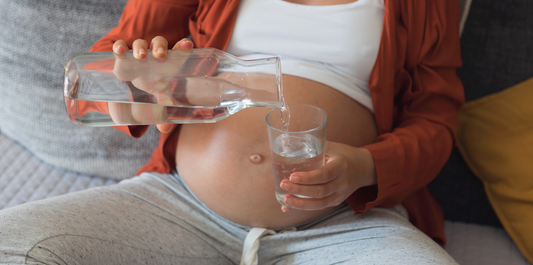From your coop to your tap: the widespread reach of PFAS
PFAS (per- and polyfluoroalkyl substances) are a group of man-made chemicals used in everyday products like waterproof jackets, food packaging, and non-stick cookware. The issue? These substances do not break down in nature. They linger in our soil, our water—and increasingly, in our food.
Moreover, separate research conducted by the Pesticide Action Network Europe has identified alarmingly high levels of PFAS—specifically trifluoroacetic acid (TFA)—in European wines, particularly vintages produced after 2010. This further underscores the widespread and increasing contamination of food and beverages.
The real cost of PFAS exposure
- Cancer: PFAS exposure has been associated with increased risk of kidney, testicular, and possibly breast cancer.
- Fertility and developmental effects: PFAS may impair fertility and contribute to low birth weights and developmental delays.
- Immune system effects: these chemicals can weaken the body’s defence against infections and diminish vaccine effectiveness.
- Thyroid and liver disruption: PFAS can affect hormone levels and have been connected to liver issues in both animal and human studies.
- Other concerns: studies have noted higher cholesterol levels, blood pressure complications during pregnancy, and metabolic changes linked to PFAS exposure.
What Europe is doing—and why it’s not enough yet
What about the water you drink every day?
AquaTru: filtering out PFAS with proven results

- Advanced filtration: effectively reduces PFAS, pharmaceuticals, lead, fluoride, microplastics, and more.
- Certified by IAPMO: meets NSF/ANSI standards for water filtration performance.
- Sustainable choice: reduces dependence on bottled water and lowers plastic waste.
The AquaTru advantage: transparency in every drop
AquaTru doesn’t just promise results—we show them. Our performance data sheets clearly outline reduction rates for key contaminants:
- Total Dissolved Solids (TDS): reduces TDS by up to 97%, resulting in clearer, fresher-tasting water.
- Microplastics: eliminates more than 96% of particles as small as 0.5 microns, protecting you from pollutants you can’t see.
- pH balance: maintains optimal drinking water pH, ensuring it stays both safe and pleasant to consume.





